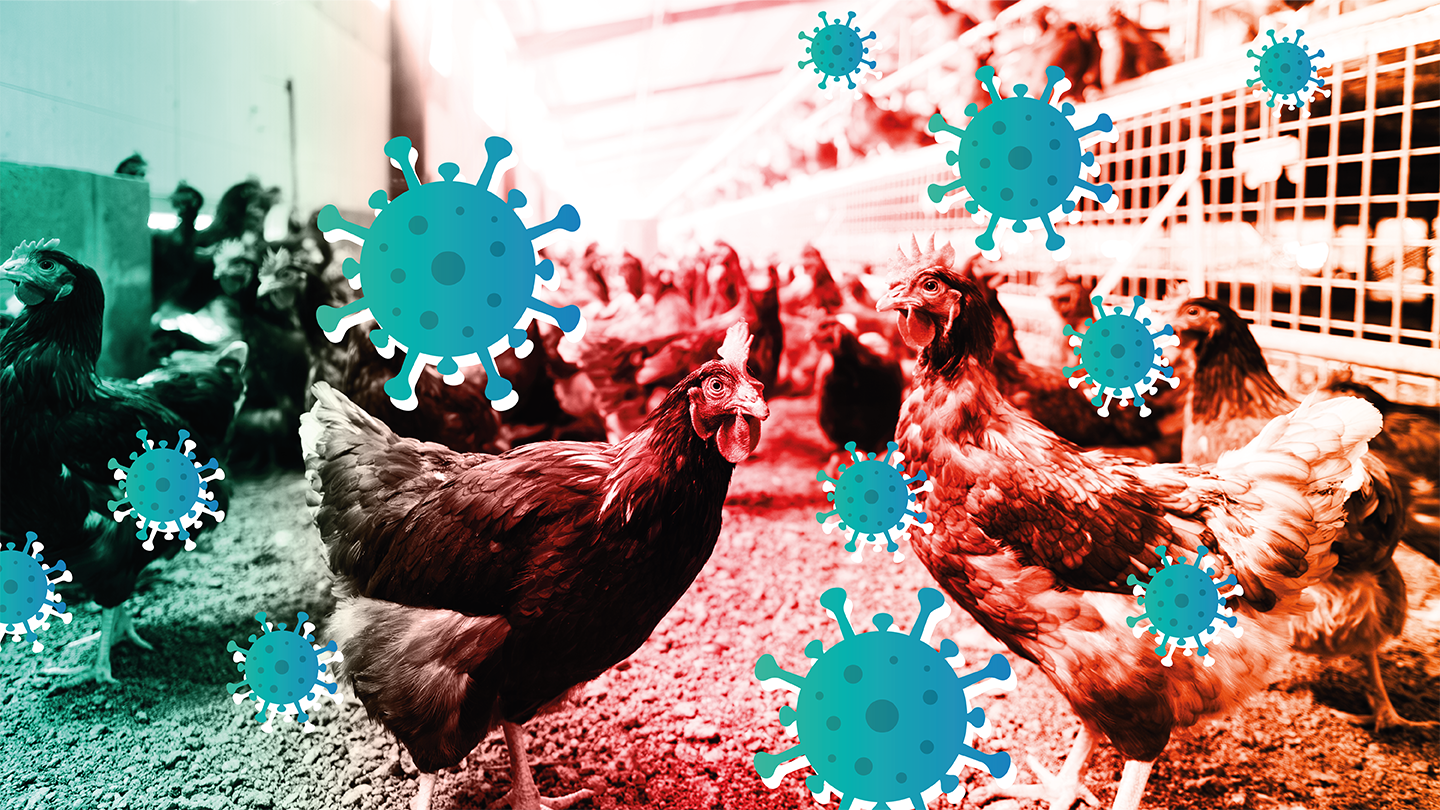
Researchers at Washington University in St Louis, USA, have developed an electrochemical biosensor for the rapid and real-time detection of airborne H5N1 influenza virus. Airborne transmission remains a key concern for highly pathogenic avian influenza H5N1, which has been spreading through poultry, dairy cattle, and wild birds. Traditional detection methods for airborne viruses, like polymerase chain reaction tests, are time-consuming and expensive.
The study, published in ACS Sensors, describes a screen-printed carbon electrode-based capacitive biosensor, designed to detect H5N1 RNA and E. coli DNA in aerosols within five minutes. The carbon is coated with a combination of graphene oxide and Prussian blue nanocrystals to increase the biosensor's sensitivity and stability, allowing for the detection of extremely low concentrations of pathogens. Aptamer “capture probes” – made from single strands of DNA – bind to virus proteins in the air flowing over the sensor, flagging them to the sensor.
During laboratory validation, the biosensor achieved detection limits as low as 56 copies of H5N1 RNA per milliliter of air and five E. coli cells per milliliter. The system achieved an overall accuracy of >90 percent for detection of airborne pathogen samples.
The biosensor can provide concentration ranges of H5N1 in the air and alert operators to disease spikes in real time. Unlike other tests, this biosensor doesn’t require complicated preparation steps, making it easier to use in real-world settings. Another advantage of the system is that it is nondestructive, preserving the viral samples for further analysis by conventional techniques if required.
“This biosensor is specific to H5N1, but it can be adapted to detect other strains of influenza virus (e.g., H1N1) and SARS-CoV-2 as well as bacteria (E. coli and pseudomonas) in the aerosol phase,” said corresponding author Rajan Chakrabarty.




